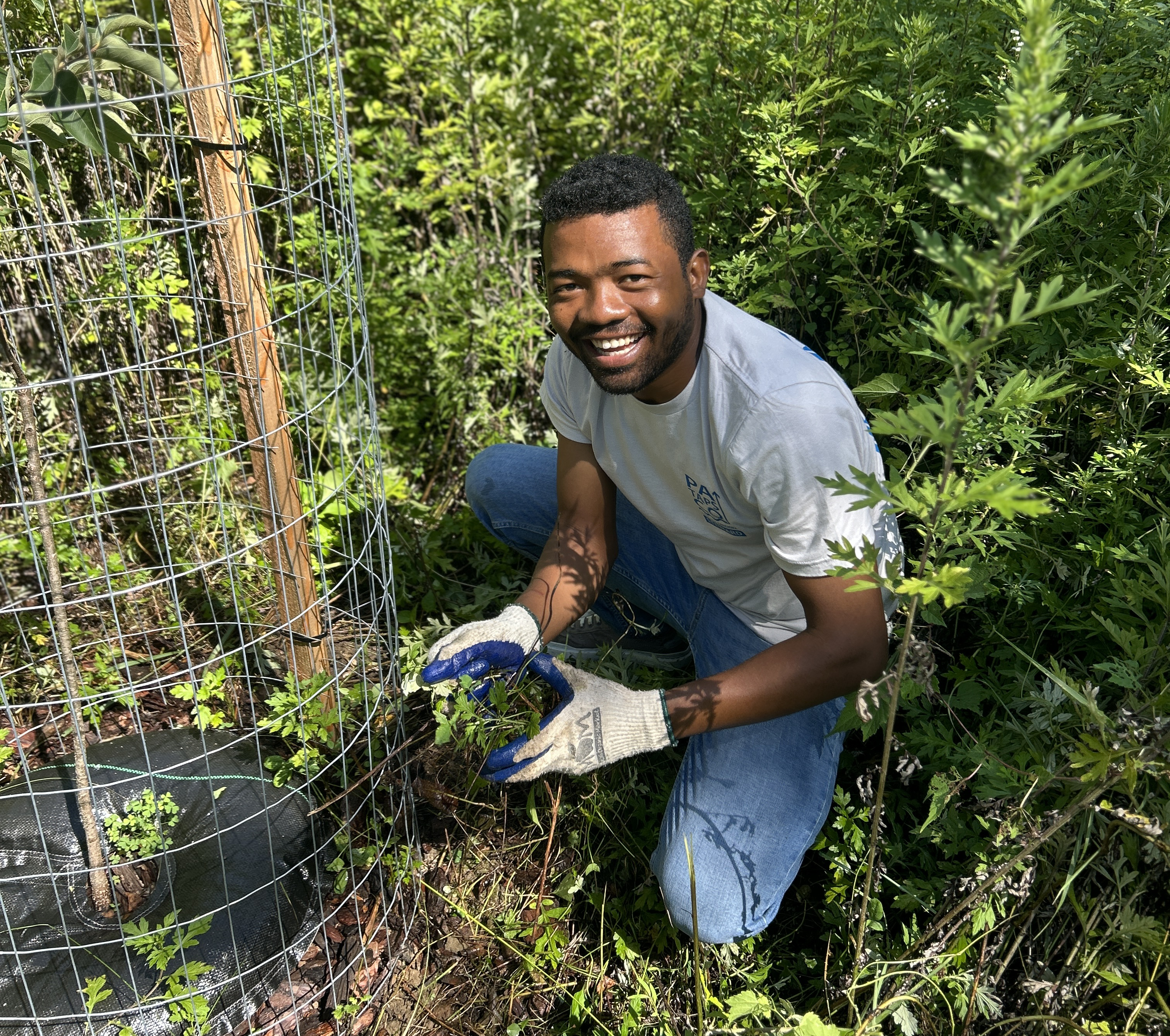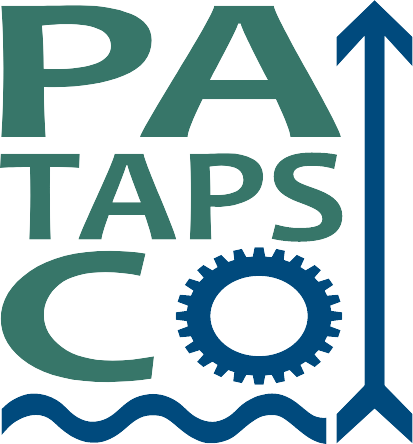
What is Agroforestry?
Agroforestry is the intentional integration of trees and shrubs into crop and animal farming systems to create environmental, economic, and social benefits. It has been practiced in the United States and around the world for centuries. (USDA, 2024)
For centuries, agroforestry has been practiced around the world, although prior to the 1960s most people didn’t use this word. The windbreaks that were established during the 1930s to control soil erosion during the Dust Bowl were and continue to be a form of agroforestry. Worldwide there is a growing interest in this approach to agriculture. Agroforestry can be thought of as “Working Trees” with specific jobs that help people and natural resources. Agroforestry is a unique land management approach that provides opportunities to achieve landowner goals of productivity and profitability with environmental stewardship that result in healthy, sustainable agricultural systems that can be passed onto future generations. Agroforestry can provide a variety of things: diversified income, cleaner air and water, habitat for wildlife, improved soil health, safe and healthy food, energy conservation, bioenergy production, increased wealth in rural communities, and sustainable farms, ranches and woodlands. It begins with placing the right plant in the right place for the right purpose.

Tree Planting and Climate Change
Patapsco Heritage Greenway (PHG) has been planting trees across the Patapsco River Valley for many years. Trees play a vital role in the environmental world and as climate change pressures increase, so must our stewardship practices. One of these changes for PHG has been learning more about agroforestry from various sources and using those practices when planting in riparian forest buffer zones. We learned that agroforestry can contribute to climate change adaptation and mitigation by 1) reducing threats and enhancing agricultural landscape resiliency; 2) facilitating species movement to more favorable conditions; 3) sequestering carbon; and 4) reducing greenhouse gas emissions (Agroforestry | Climate Change Resource Center, 2023). With this new knowledge, PHG looked to plant more agroforestry style trees such as American Beech Plum, Serviceberry, Hazelnut, Highbush Blueberry, Chokecherry, and more not only to help reach our climate change mitigation goals, but also to bring more native and indigenous trees back to the Patapsco Valley.

Patapsco Valley State Park Avalon Tree Planting and Partnerships
Patapsco Valley State Park (PVSP) has and continues to be an incredible partner with PHG, allowing us to hold educational programming onsite and working with us to achieve our stewardship goals. Another way PVSP has been a vital partner is helping us provide space to work with partner groups and introduce them to the Patapsco Valley. While we have hosted many partner group events at PVSP, planting indigenous agroforestry trees was something new for all of us. Working with PVSP staff, we identified an area for our agroforestry plot and then worked with Francis Smith (Natural Resources Planner II, Maryland Forest Service, MD Department of Natural Resources), Joe Vogelpohl (Assistant Manager, Patapsco Valley State Park, MD Department of Natural Resources) and Rob Dyke (Park Manager, Patapsco Valley State Park/Morgan Run NEA/Soldiers Delight NEA, MD Department of Natural Resources) to identity the best agroforestry tree species for the plot and tree planting techniques. Once we had our agroforestry plot mapped out with our planting plan and had all the necessary supplies listed, we focused on our funding source and finding volunteers to ensure success for our 120 tree planting project.

Howard County Office of Community Sustainability, UMD Alumni Association: Howard County Chapter, and Under Armour Green Machine Team
This specific tree planting project was funded by Howard County Office of Community Sustainability. PHG worked closely with William “Bill” Mahoney (Sustainability Projects Manager (Howard EcoWorks/READY and Green Infrastructure Network) to ensure our project was successful and used sustainable materials. As the project progressed, we were then contacted by two different partnership groups and decided to use both for this project due to the large scale. The University of Maryland (UMD) Alumni Association: Howard County Chapter arrived on April 28, 2024 with over 30 of their members to start the planting and the Under Armour Green Machine Team came a few days later on May 3, 2024 to finish planting the remaining 60+ trees. Under Armour also took advantage of the PHG Groups Program and had a social event at Manor Hill Tavern after their volunteer stewardship where Green Machine Team members were able to enjoy beverages, delicious appetizers, brick oven pizza and more.

Agroforestry Plantings for the Future
As PHG continues to plant trees within the Patapsco Valley, we will continue to look to indigenous agroforestry trees as our main source of understory trees as a way to mitigate climate change. This new agroforestry plot has not only brought a new source of native habitat to the area, but also has created an amazing education area. During our summer 2024 season, PHG was able to use the plot as a teaching tool during our University of Maryland Baltimore County (UMBC) Young African Leaders Initiative (YALI) workshop at PVSP. PHG staff along with Francis Smith discussed agroforestry with 25+ leaders from over 20 African countries and how it can be a tool to mitigate climate change as well as different ways agroforestry can be used to address food insecurity or water quality issues. We have also continued working with PVSP staff, PVSP Maryland Conservation Corps Members, and the Under Armour Green Machine Team to continue maintenance on these trees to ensure their survival.
As we learn more about agroforestry practices through tree planting data and online resources, we will refine our tree planting and maintenance practices to ensure tree survivability and increase our educational efforts with the Patapsco River Valley community. We want to make sure we implement our best stewardship practices and that the whole community makes positive changes with us so we can all be better stewards of the Earth.
